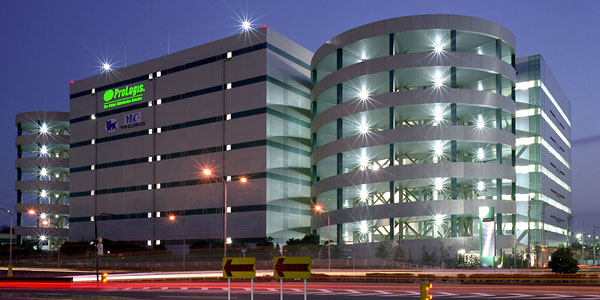Track2Realty-Agencies: After some neglect in the past several years, the realty industry in India finally saw some reforms that had a direct and indirect impact on its fortunes and which led to the some development of the sector in 2012. The prospect of a revival looks brighter once the central bank keeps it promise of cutting interest rates to spur overall growth.
A number of initiatives contributed to the real estate sector’s development in 2012. The window for external commercial borrowings was opened up for boosting credit flows to the fund-starved real estate firms with a cap of USD 1 billion for low-cost housing projects.
To further provide a fillip to affordable housing, the one percent interest incentive scheme for low-cost housing was extended by one more year. On the home loan front, the Reserve Bank of India (RBI) increased the limit for weaker sections to Rs.1 million and introduced a credit risk guarantee scheme for low-income home loans below Rs.500,000. Home loan seekers also got relief with the National Housing Bank scrapping pre-payment charges.
The high point of these reform initiatives was allowing 100 percent foreign equity in single brand retail trade and up to 51 percent in multi-brand format.
Supreme Court judgment terming the right to property a human right was another highlight.
The court said that the government cannot acquire land in the name of development without paying adequate compensation in time and enabling rehabilitation of those who either get displaced or lose their source of livelihood.
Other positive policy initiatives during the year which will have far-reaching impact on real estate development include government approving a plan for development of housing and basic facilities in slums across 250 cities to make country slum-free by 2020 and relaxing rules for land transfer to public-private-partnership projects.
But the most progressive and much-needed reform for regulating real estate business and land acquisition took a back seat, as crucial bills on these were not introduced in parliament. So was the case with incentivised policies to push affordable and rental housing and according industry status to real estate.
The year was also marked by many distinct trends. In the residential segment there was an increasing trend of pre-launch sales by cash-strapped developers to raise funds. The concept of pre-fabricated construction gained ground. The year also witnessed growing demand for affordable properties.
On the commercial office front, there were small-ticket transactions with increasing demand for smaller A grade offices. Corporates, focussing on controlling real estate costs, showed their preference for locations that were not in the central business districts to cut on rentals.
In the retail segment, occupiers preferred micro markets in different cities because of cost-efficiency, while developers focussed on inventories rather than launching new projects. The year also saw emergence of newer markets beyond top three cities.
Yet the year was clouded on investment outlook and saw the real estate sector battling economic slowdown amidst weak investor sentiment. The stressed realty faced a number of challenges like funds crunch, costly credit, rising property prices and falling sales.
Residential property which staged recovery somewhat in 2011, suffered a setback this year. Costly homes and high interest rates severely hit the affordability of home buyers. Land rows, dearth of good affordable properties and rising delivery defaults badly hit the consumer sentiment. So much so that even festive season could not help much in boosting sales.
Like residential, the commercial office segment also witnessed a demand dip in 2012. The low demand coupled with vacancy levels resulted in a slowdown in supply. Due to slowdown, the rental appreciation was marginal. The year is likely to witness a drop of 15 percent in absorption, though demand for well-located grade-A office space continues to be there.
Mall development was also adversely impacted by economic downturn, high real estate costs, and oversupply situation, with developers deferring new construction. But there was demand for good quality malls and rentals showed a stable trend. And now with foreign equity in retailing, the landscape is set to regain lost glory.
Looking ahead, a revival in realty industry is on the cards as economic conditions improve and interest rates come down, with an expected correction in property prices. But much will also depend on how seriously the government continues to pursue the path of reforms to boost growth.
Highlights of realty industry in 2012:
* 100 percent foreign equity in single brand and 51 percent FDI in multi-brand retail seen as boosting market for commercial and mall space.
* Foreign borrowings of up to $1 billion allowed for low-cost housing projects.
* Housing loan limit for weaker sections raised to Rs.1 million along with a credit risk guarantee for loans below Rs.500,000.
* Plan approved to develop housing in slums across 250 cities.
* Land transfer rules for public-private-partnership projects eased.
* Supreme Court terms right to property as human right.
* Crucial bills on land acquisition and real estate regulation deferred.
* Phenomenon of high property prices, low sales, land rows and project delays continues.
* Demand remained for affordable homes, smaller grade A offices and quality malls.







1 Comment
Pingback: Buying a Home: New Vs Resale